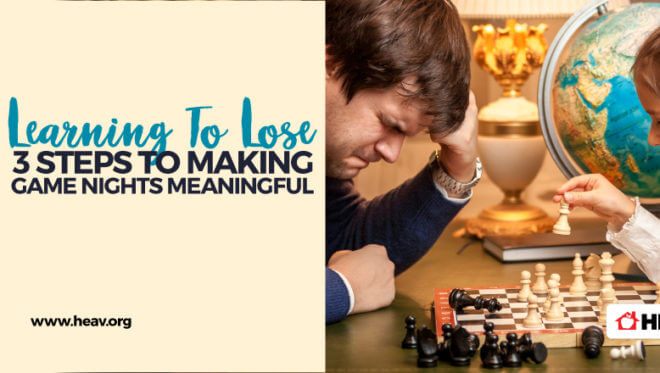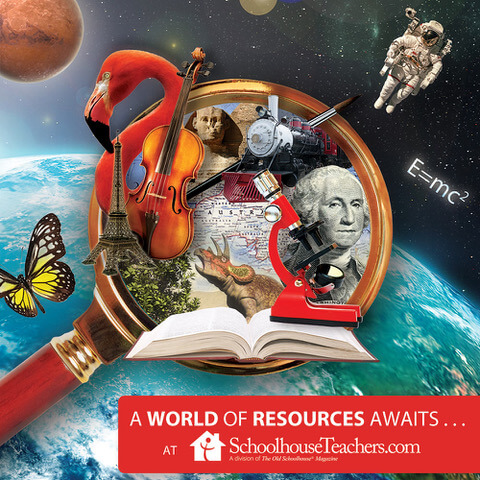God and the History of Art
By Barry Stebbing
“Looking at art is one way of listening to God.” ~ Sister Wendy Beckett
Growing up as a student of the fine arts, I assumed that I knew a good deal about art history. As the years passed and I found myself immersed in teaching art to homeschoolers, parents put me to the task by inquiring, “What shall we do about art history?” Seeing that I had no answer—no text that could be recommended that had a godly perspective—I set upon the task of writing God & the History of Art. During that time I truly began to realize how profound art and history are when one puts God in the midst of them.
Taking on the task of writing about God and art, I proceeded to search for hidden treasures—those Christian artists whose sole purpose was to glorify God. To my chagrin, there were few to be found, as many artists had become influenced by worldly gain, while others kept no spiritual record (journals or letters) of their godly purpose. Yet, there were a few rare nuggets. Unequivocally, the one I most esteem for his spiritual purpose (Romans 12:1) is the fifteenth-century monastic monk Fra Angelico. It is said that he often fasted and prayed before he painted, and whenever he painted the crucified Christ, he wept.<
Digging deeper into the troves of art history, we discover, quite ironically, that the classical style of art has profoundly influenced art history, running through its veins century after century. As Christians, we should look upon this style quite cautiously. Classical education seems to be quite popular in the homeschooling classroom; however, when focused on art, we find its roots in Ancient Greece—the birthplace of humanism, mythological themes, and nudity in art.
Still thumbing through the tomes, we find an interesting conflict within the sixth-century church. It began when a group of religious people pointed to the second commandment (making no graven images), adamantly believing that there should be no art at all within the church. They were called iconoclasts (image smashers), and they literally began destroying much of the Christian art- work, considering it to be nothing short of idol worship. The conflict would go on for centuries. To a lesser degree, embracing art is still awkward today within some Christian denominations.
We then come to the 1500s and another interesting scenario—the birthing of the Reformation. The schism would now establish two large branches of the Christian faith: the Catholic Church in southern Europe and the Protestant faith in northern Europe. There would be many differences in the two denominations, even in their purpose for art. The Renaissance style (promoted by the Catholic Church) would be more glamorized, dramatic, and sub- lime; whereas the northern style of the Reformation was less reli- gious and more down-to-earth.
One other resource worth mentioning is the Communist Manifesto. First published in 1963, its objective is the ruination of the American way of life. It is interesting to note that the Communist Manifesto has both an anti-American and anti-Christian agenda. There are forty-five manifestos, of which #40 is to discredit the family and #28 is to eliminate prayer. But it is #23 that captures our attention when pertaining to art: “Control art critics and directors of museums.” In their own words, “Our plan is to promote ugliness, repulsive, meaningless art.”
Christian artists, iconoclasts, classical art, the Reformation, and the Communist Manifesto are just a few of the many issues the Christian should consider when studying art history. Naturally, everything should be balanced with the Word of God. Yet, when all is said and done, it is really up to each individual to discern what is acceptable. For example, to what degree should we balance Christian art with the second commandment? How do we set our guidelines as to what is offensive? And what styles or periods of art should we embrace?
Personally, I enjoy the Gothic Period (1100 A.D. to 1300 A.D.), with the building of large cathedrals. The study of the monastic scribes (900 A.D. to 1400 A.D.), with the masterful penmanship and colorful illustrations that fill the pages of their “illuminated manuscripts,” can also be enriching.
As for style? Well, I feel that God has given us the liberty, within biblical parameters, to enjoy and appreciate any and all styles. French Impressionism is a delightful period as the paintings are full of colorful brushstrokes. Likewise, the purer aspects of classical art, especially in the eighteenth and nineteenth centuries, can be very inspiring. My favorite of the classical artists is William Adolphe Bouguereau (1825-1905) and his sublime paintings of shepherdesses.
One last word: never “throw the baby out with the bathwater,” as you will find godly art in every period or style. For example, Georges Rouault (1871-1958), the twentieth-century modern artist, professed a more fervent love for Christ than just about any artist in the annals of art history. Art history with a godly perspective is a profound study indeed.
Barry Stebbing is the creator of How Great Thou Art Publications, with more than a dozen art texts for homeschoolers. God & the History of Art is a three-year curriculum for ages 10 and up, with more than 250 art lessons to go along with the studies. For information call 1-800-982-3729, or visit his website at www.howgreatthouart.com. If you would like to plan a class for your area, please call 1-800-982-3729.
Did you love this post? You might also love:
 |
 |
 |
 |
DO YOU WANT TO BE ENCOURAGED IN YOUR HOMESCHOOL JOURNEY EVERY WEEK?
Sign up right now for the HEAV email newsletter and let us send you our weekly update, full of inspiring articles, fun things for homeschoolers to do in Virginia, and so much more.









